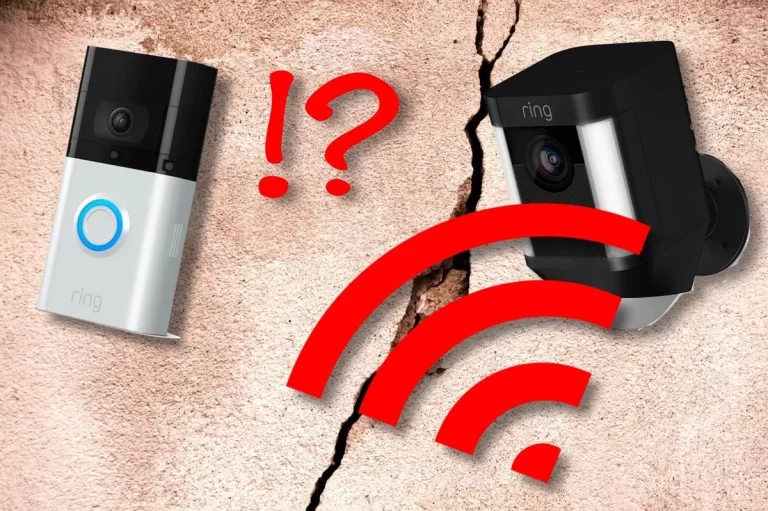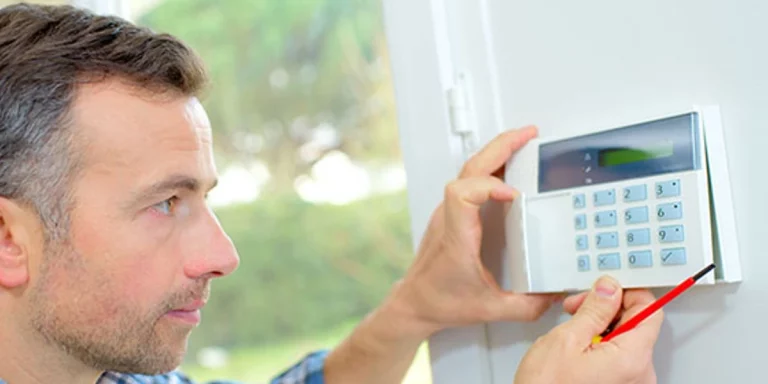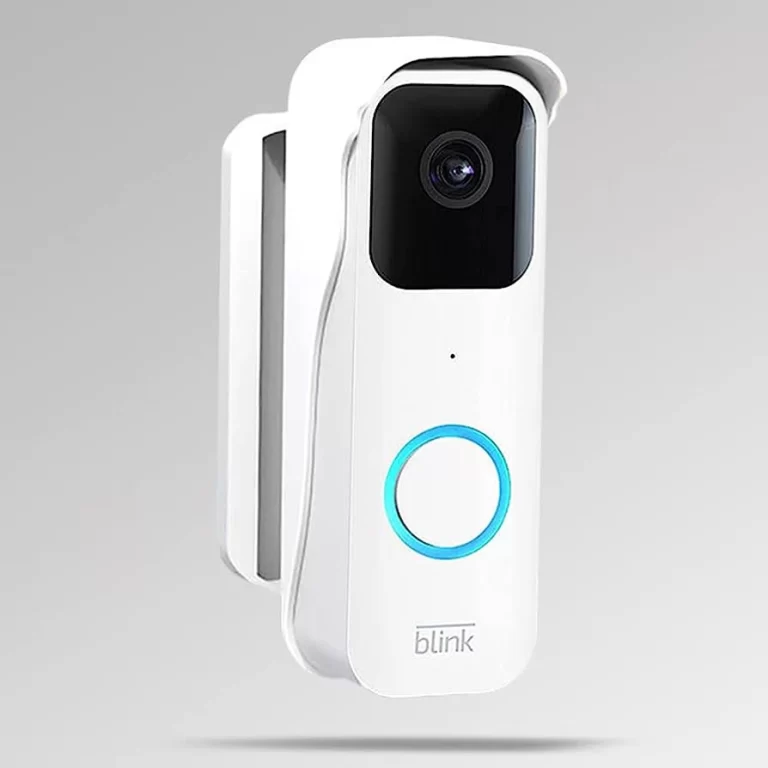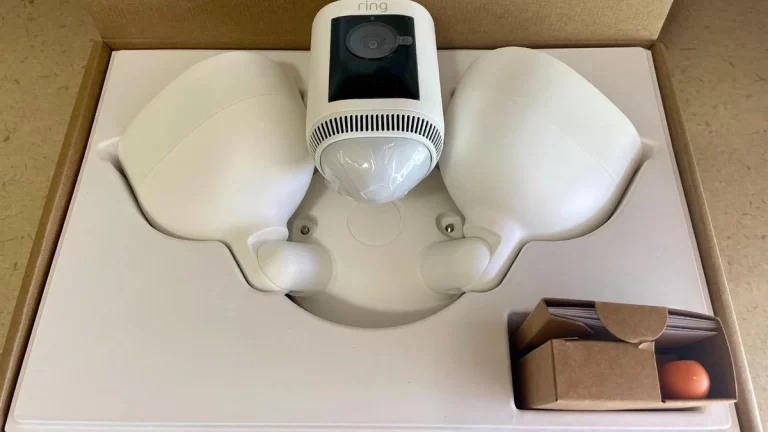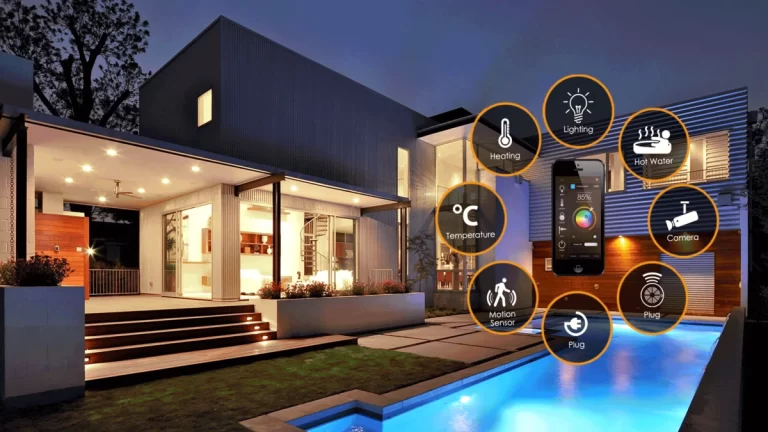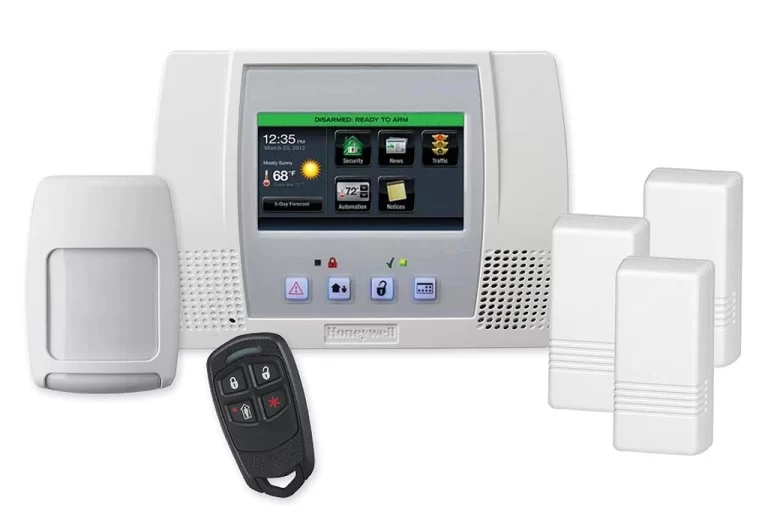Why is My Blink Camera Battery Dying So Fast?
Why is my Blink camera battery dying so fast? Enhancing the security of your home or office is made easier with a Blink camera, offering convenience and peace of mind through remote property monitoring.
However, a prevalent challenge faced by Blink camera users is the rapid depletion of battery life. In this article, we will explore the possible reasons behind this issue and provide you with effective solutions to help prolong the battery life of your Blink camera.

Why is My Blink Camera Battery Dying So Fast?
The quick drainage of the Blink camera battery can be attributed to several factors. Let’s take a closer look at some of the most common reasons why this issue may occur:
1. Inadequate Signal Strength
When the Blink camera is placed too far away from the Wi-Fi router or if there are obstacles such as walls or other electronic devices interfering with the signal, it can result in poor signal strength.
In such cases, the camera works harder to establish a stable connection, leading to increased power consumption and faster battery drain.
To overcome this, try moving the camera closer to the Wi-Fi router or repositioning it to minimize obstacles. This will help improve the signal strength and reduce the strain on the camera’s battery.
2. High Camera Activity
If your Blink camera is placed in an area with high activity, such as a busy street or a frequently visited room, it may trigger more motion detection events.
Each time the camera detects motion, it activates the recording and sends notifications, consuming more power in the process.
Consider adjusting the camera’s sensitivity settings or repositioning it to minimize unnecessary motion detection. This will help reduce the number of alerts and conserve the battery life of your Blink camera.
3. Extreme Weather Conditions
Blink cameras are designed to withstand various weather conditions, but extreme temperatures can impact their performance. Both extremely hot and cold temperatures can cause the battery to drain faster than usual.
If your camera is exposed to extreme weather, consider using a weatherproof casing or relocating it to a more suitable area. This will help protect the camera from temperature extremes and extend its battery life.
4. Outdated Firmware
Outdated firmware can contribute to battery drainage issues. Blink regularly releases firmware updates that not only enhance the camera’s performance but also optimize power usage.
To ensure that your Blink camera is running the latest firmware version, open the Blink app on your smartphone and navigate to the camera settings.
Check for any available updates and install them promptly. This simple step can significantly improve battery life.
5. Continuous Live View Streaming
Constantly streaming the live view from your Blink camera can consume a considerable amount of battery power.
While it can be convenient to keep an eye on your property in real time, it’s important to note that this feature can drain the battery quickly.
Try to avoid continuous live-view streaming unless absolutely necessary. Instead, rely on motion detection or scheduled recordings to minimize battery usage.
FAQs About Blink Camera Battery Drainage
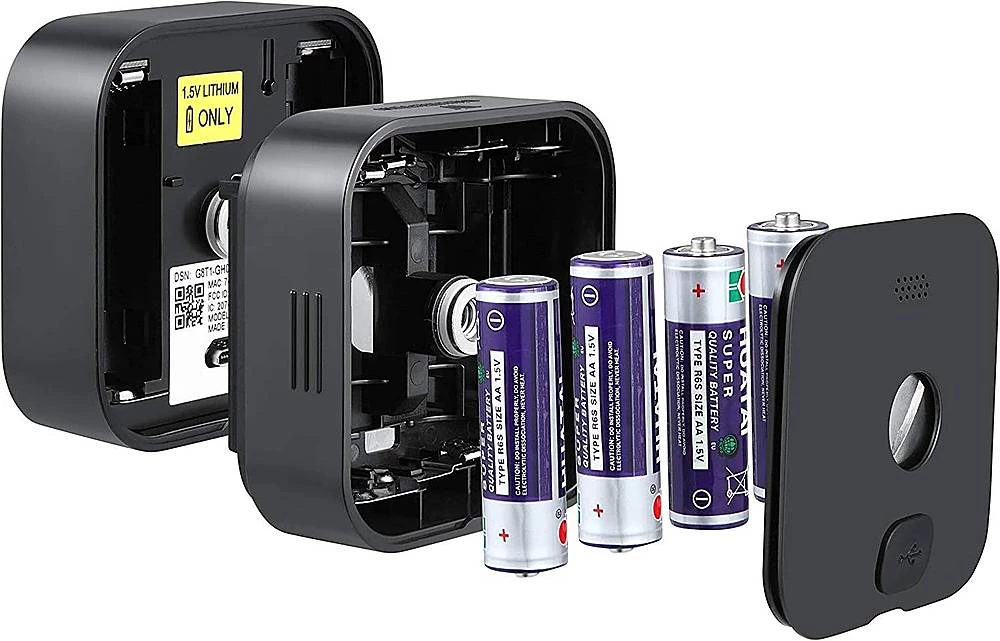
Why is my Blink camera battery dying so fast? Now that we’ve explored the reasons behind the fast drainage of Blink camera batteries, let’s address some frequently asked questions to provide you with a comprehensive understanding of the topic:
1. How long should the battery of my Blink camera last?
Under normal usage conditions, the battery of a Blink camera should last up to two years. However, various factors can influence the actual battery life, such as signal strength, camera activity, and environmental conditions.
Also, you can use rechargeable batteries for your Blink camera. However, it’s important to choose high-quality rechargeable batteries with sufficient capacity to ensure optimal performance.
2. Should I turn off my Blink camera when not in use?
You don’t need to turn off your Blink camera when not in use. Blink cameras are designed to conserve power when idle.
However, if you won’t be using the camera for an extended period, it’s advisable to remove the batteries to avoid any potential leakage or damage.
Also, a low Wi-Fi signal can affect the battery life of your Blink camera. When the camera struggles to maintain a stable connection, it consumes more power, leading to a faster battery drain.
Ensure that your camera is within range of a strong Wi-Fi signal for optimal performance.
3. Will using the Blink camera’s night vision drain the battery faster?
Using the Blink camera’s night vision feature may slightly increase power consumption, but the impact on battery life is minimal.
The camera’s night vision is designed to be energy-efficient, allowing you to capture clear footage in low-light conditions without significant battery drain.
4. How can I optimize the battery life of my Blink camera?
- To optimize the battery life of your Blink camera, follow these tips:
- Ensure the camera is within range of a strong Wi-Fi signal.
- Adjust the camera’s sensitivity settings to minimize unnecessary motion detection.
- Update the camera’s firmware regularly.
- Avoid continuous live-view streaming unless necessary.
- Protect the camera from extreme weather conditions.
By implementing these recommendations, you can maximize the battery life of your Blink camera and enjoy uninterrupted surveillance.
Conclusion
The fast drainage of your Blink camera battery can be frustrating, but by understanding the potential causes and implementing the suggested solutions, you can overcome this issue effectively.
Remember to check for adequate signal strength, manage camera activity, protect the camera from extreme weather, update the firmware, and avoid continuous live-view streaming.
Following these guidelines will help prolong the battery life of your Blink camera, ensuring reliable and uninterrupted security monitoring.
READ ALSO!!!

